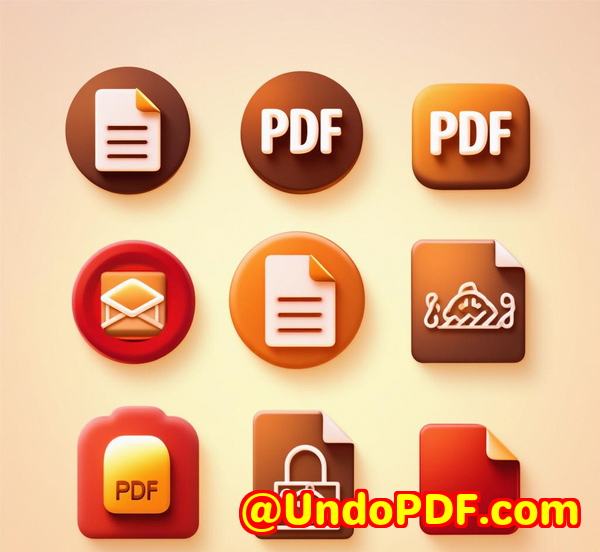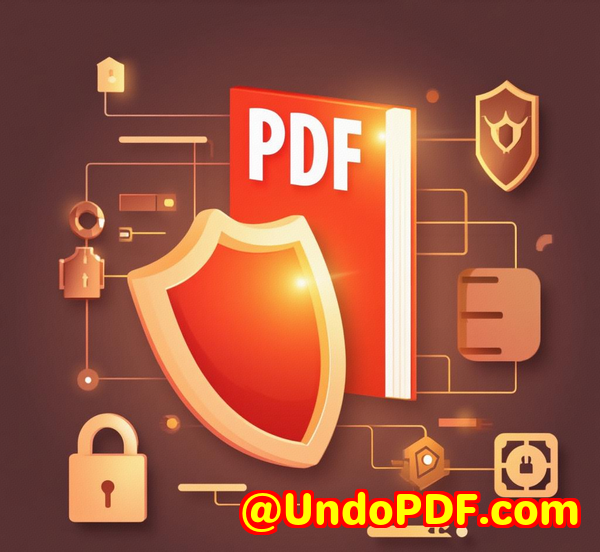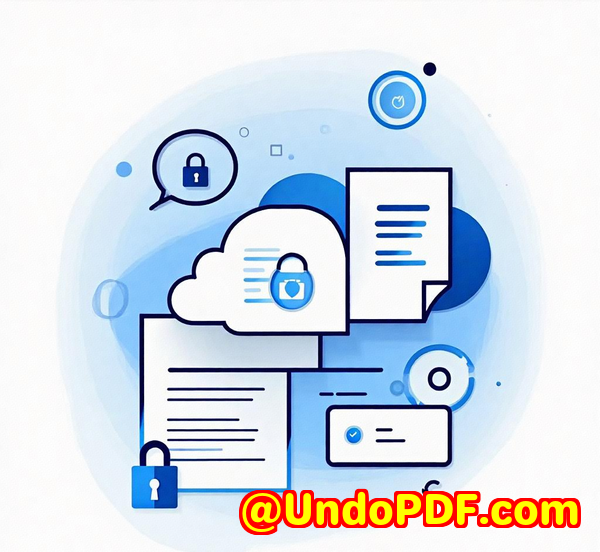VeryPDF DRM Protector vs Tabula Why DRM Is Better for Document Security and Compliance
VeryPDF DRM Protector vs Tabula: Why DRM Is Better for Document Security and Compliance
Discover why VeryPDF DRM Protector surpasses Tabula in document security, protecting PDFs with device binding, encryption, and access control for compliance.

Every time I’ve shared a PDF with colleagues or students, I’ve had this nagging worry: “Is someone forwarding this to people who shouldn’t see it?”
In the past, using tools like Tabula for PDF extraction felt handy but completely insecure. Sure, you could extract tables, analyze data, or convert reports, but there was zero control over who accessed the document.
One afternoon, after discovering a confidential report had been circulated beyond our team, I knew I needed a stronger solution. That’s when I found VeryPDF DRM Protector.
Why Device Binding Is a Game Changer
One of the features that immediately caught my attention was device binding. Here’s how it works in practice:
-
The first time a PDF is opened, the software records the device’s unique hardware fingerprint.
-
If the license is set to one device, the file is permanently locked to that device. Copy it to another computer? Won’t open.
-
For flexibility, publishers can allow multiple devices, but it’s tightly controlled.
For instance, when distributing our internal training manuals, I set N = 1. Every employee could only access the file on their registered laptop. Even if someone tried emailing it to another employee, the PDF wouldn’t open. The peace of mind this brings is unmatched.
I tried replicating the same setup with Tabulaimpossible. Tabula focuses on extraction, not security. No device locks, no access control, nothing. With VeryPDF DRM Protector, I finally felt in control of sensitive materials.
Lock PDF Files: Stop Unauthorized Access
Beyond device binding, the access control features are incredibly robust.
-
Stop sharing: Files are protected even if someone tries to copy them to USBs or cloud drives.
-
Control editing and copying: You can prevent users from copying text, taking screenshots, or making edits.
-
Printing restrictions: Set limits on the number of prints or block printing entirely.
When I rolled this out for an academic publisher client, they were thrilled. Students couldn’t share textbooks online, and the publisher maintained revenue integrity. One client told me, “Finally, a way to stop PDF piracy without constant monitoring.”
Expiry and Revocation: Taking Security to the Next Level
Another standout feature is automatic expiration and revocation:
-
Set documents to expire after a certain date, a number of views, or prints.
-
Instantly revoke access for one user or all users.
-
Monitor document usage with detailed logs: who viewed it, how many times, and from which device.
I tested this with confidential investor reports. After the quarterly review, I revoked access immediately. No files floating around, no follow-ups, just automated control. Tabula doesn’t offer anything closeit’s purely a table extraction tool.
Dynamic Watermarks: Personalized Protection
Watermarking is often overlooked, but VeryPDF DRM Protector adds dynamic watermarks that pull real user info:
-
Date and time
-
User name and email
-
Company name
I sent out several sample PDFs for testing. One user attempted to take screenshots, but the watermarks tracked their device and identity. This level of accountability discouraged unauthorized sharing and reinforced compliance.
Flexibility Across Industries
The software isn’t just for publishers. It’s a lifesaver for:
-
Corporations: Protect internal training materials, HR files, and policy documents.
-
Academic institutions: Prevent students from sharing expensive e-textbooks.
-
Authors and consultants: Sell premium eBooks or reports without worrying about piracy.
For our corporate clients, the ability to lock documents to Windows devices only was particularly useful. Many sensitive documents are safer on Windows due to enterprise security, and VeryPDF lets you enforce that.
Comparing VeryPDF DRM Protector and Tabula
Here’s the real-world comparison I’ve observed:
-
Security: VeryPDF DRM Protector locks access, Tabula doesn’t.
-
Compliance: VeryPDF offers logging, watermarks, and revocation for legal proof. Tabula has none of this.
-
Flexibility: VeryPDF allows device and location restrictions, expiry, and print limits. Tabula is extraction-only.
-
Ease of use: VeryPDF DRM Protector integrates smoothly into workflows without complicated setup. Tabula is lightweight but functionally limited.
In short, if your goal is document security and compliance, VeryPDF DRM Protector is the clear winner.
Real Impact on My Workflow
Since implementing VeryPDF DRM Protector, I’ve saved countless hours managing document security:
-
No more chasing after files emailed to unauthorized users.
-
Minimal risk of leaks or compliance violations.
-
Clear, automated audit trails for proof of usage.
-
Confidence that premium content isn’t being pirated.
One particular moment that stood out was when a student tried accessing a protected PDF from a different laptop. The file refused to open, and I received a log entry showing the attempt. That instant feedback is invaluable.
Custom Development Services by VeryPDF
VeryPDF also offers custom development services to fit unique business needs. They can create solutions across Linux, macOS, Windows, and server environments using Python, PHP, C/C++, Windows API, Linux, Mac, iOS, Android, JavaScript, C#, .NET, and HTML5.
Some examples include:
-
Windows Virtual Printer Drivers for generating PDFs, EMF, and image formats.
-
Tools to capture and monitor printer jobs across all Windows printers.
-
Hooks to intercept Windows APIs for file access monitoring.
-
Advanced OCR, layout analysis, barcode recognition, and table extraction for PDFs and TIFFs.
-
Cloud-based PDF conversion, viewing, and DRM solutions.
If you need something tailored, I’ve personally reached out to them, and their support team is responsive and effective. Contact them here: https://support.verypdf.com/.
FAQs
1. Can I limit the number of devices a PDF can be opened on?
Yes, you can restrict PDFs to a single device or allow a small number of devices for flexibility.
2. Is it possible to revoke access after sharing?
Absolutely. You can revoke access instantly for one user, multiple users, or all users.
3. Does VeryPDF DRM Protector track document usage?
Yes, it logs views, prints, devices, and operating systems to help with compliance.
4. Can I add watermarks dynamically?
Yes, watermarks can include user names, email, company name, and timestamps.
5. How is this different from Tabula?
Tabula focuses on extracting tables and converting data. VeryPDF DRM Protector secures PDFs, controls access, enforces compliance, and prevents unauthorized sharing.
Tags/Keywords
-
PDF security software
-
DRM PDF protection
-
Device binding PDF
-
Protect eBooks from piracy
-
Enterprise PDF compliance
Click here to try it out for yourself: https://drm.verypdf.com/
I’d highly recommend VeryPDF DRM Protector to anyone dealing with sensitive PDFs or premium content. It’s the tool I wish I had discovered years agosecure, reliable, and built for real-world document protection.



